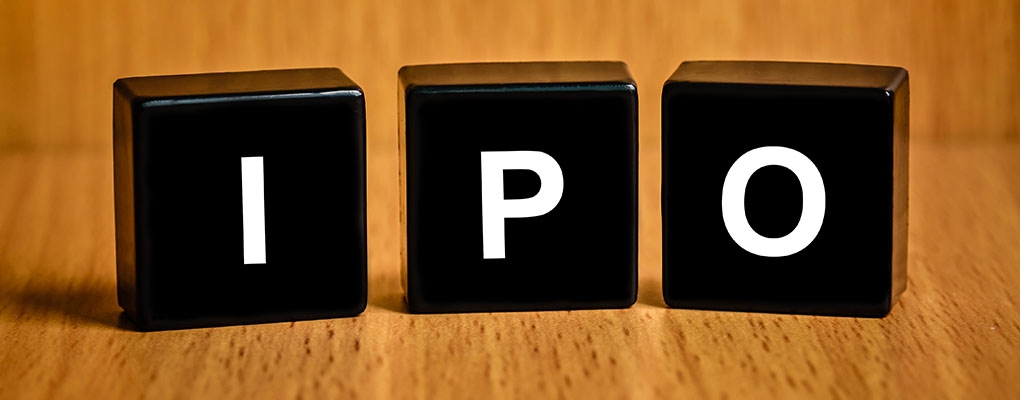Understanding the Differences Between Leak Detection and Moisture Detection Methods
When it comes to identifying issues related to water, two primary terms often arise: leak detection and moisture detection. While both processes are aimed at protecting structures from water damage, their focus and methodologies differ significantly. Understanding these differences is crucial for homeowners, property managers, and professionals in maintenance fields.
Leak detection primarily concerns identifying the presence of water leaks from various sources. This process requires specific inspection tools designed to pinpoint exact leak locations, whether they stem from plumbing systems, roofs, or walls. Accurate identification not only helps in preventing extensive property damage but also assists in locating the exact water source id, allowing for targeted repairs.
On the other hand, moisture detection focuses on assessing the overall moisture levels within materials and the environment. While this process does not specifically target leaks, it is essential for identifying areas at risk of mold growth or decay. Moisture detection can be performed using various instruments that measure humidity and moisture content, helping to ensure a safe living environment without necessarily pinpointing an active leak.
Understanding the Technology Behind Leak Detection Systems
Leak detection systems utilize various technologies to monitor and identify issues within plumbing systems effectively. These systems often employ sensors that can detect moisture levels or the presence of water. Recent advancements have improved the accuracy of these technologies, allowing for precise target location identification when leaks occur.
Inspection tools, such as thermal cameras and moisture meters, enhance the ability to diagnose problems. These devices can analyze damp spots, providing insights into the extent of water damage and potential repair needs. By utilizing expert insight in plumbing vs humidity scenarios, homeowners and professionals can determine appropriate actions based on accurate data from the environment.
Understanding the differences between leak and moisture detection becomes essential for selecting the right technology for specific situations. The right choice can significantly impact remediation strategies and reduce long-term damage. For more detailed information on leak detection technologies, visit https://saviorleakdetection.com/.
Common Applications for Moisture Detection in Various Environments
Moisture detection plays a significant role across different settings, providing valuable insights for maintaining structural integrity. In residential areas, moisture sensors assist in identifying humidity levels, preventing mold growth that can compromise indoor air quality and overall health.
In commercial buildings, moisture detection technologies are employed to monitor environments such as warehouses, ensuring that stored goods remain free from moisture-related damage. These systems can pinpoint target locations needing attention, allowing for timely interventions.
In the construction industry, moisture detection tools aid in assessing wall and foundation conditions before proceeding with building projects. By evaluating moisture levels, professionals can avoid future complications associated with plumbing vs humidity issues.
Agricultural settings increasingly utilize moisture detection to manage irrigation practices efficiently. This approach enhances crop yield while conserving water, as sensors provide real-time data on soil moisture levels.
Expert insight into moisture detection also proves beneficial in industrial environments. Maintaining optimal moisture levels in manufacturing processes can improve product quality and ensure machinery operates without hindrance.
Key Factors to Consider When Choosing Between the Two Methods
When selecting between leak detection and moisture detection, several key factors warrant careful evaluation. One significant aspect is the response urgency. If a rapid response is critical, leak detection methods may be more suitable, as they are designed to identify active leaks quickly.
The inspection tools required for each method differ substantially. Leak detection often employs advanced technology, such as acoustic sensors, while moisture detection may utilize simpler devices like moisture meters. Understanding the capabilities of each tool will aid in making a more informed decision.
Additionally, consider the equipment difference. Different systems may be needed depending on the environment and the specific challenges presented. For example, some moisture detection systems can be more portable and easier to use in various locations.
Expert insight can provide valuable perspectives when comparing the two methods. Consulting with professionals who specialize in each field can highlight practical applications and limitations that may not be immediately apparent.
Finally, the water source id and target location play crucial roles. Identifying the source of potential moisture issues and determining where to focus attention can significantly influence the method chosen. In environments with frequent spills or plumbing challenges, leak detection may be prioritized, whereas areas prone to humidity might benefit more from moisture detection solutions.












